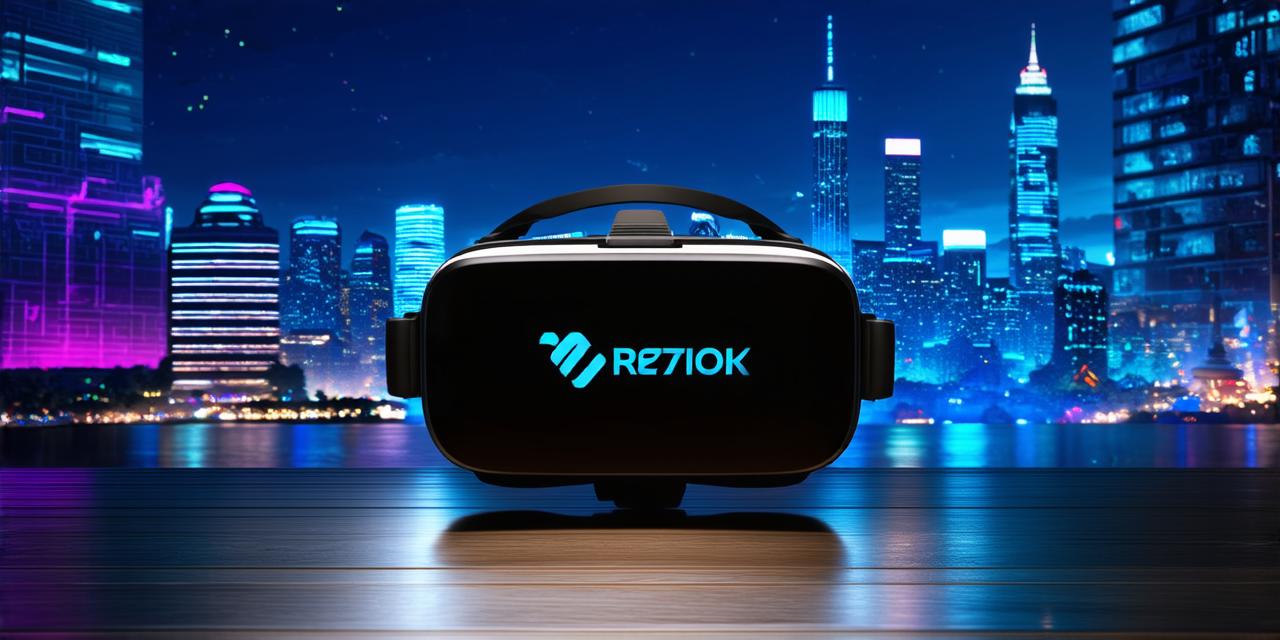Virtual reality (VR) technology is rapidly evolving and has the potential to revolutionize various industries. From gaming to healthcare, VR has already transformed numerous sectors, and its impact will only continue to grow in the coming years. For AR developers, this presents an exciting opportunity to launch a virtual reality business that leverages their skills and expertise. However, launching a successful VR business is not without challenges. In this guide, we will explore how to launch a VR business, including the essential steps, considerations, and best practices for AR developers.
Step 1: Conduct Market Research
Before launching your virtual reality business, it’s crucial to conduct market research to identify potential target markets, understand their needs and preferences, and assess the competition. This will help you refine your product or service, create a unique value proposition, and develop a marketing strategy that resonates with your target audience. Some key areas to consider when conducting market research include:
- Identify your target market(s) based on demographics, psychographics, and behavioral patterns.
- Analyze the competition in the VR space, including their products, pricing strategies, marketing efforts, and customer reviews.
- Understand the latest trends and developments in VR technology, as well as the potential opportunities and challenges they present.
- Gather feedback from potential customers to validate your assumptions and refine your product or service offering.

Step 2: Develop a Business Plan
A business plan is a comprehensive document that outlines the goals, strategies, and financial projections for your virtual reality business. It’s essential to develop a solid business plan that reflects your vision, objectives, and action plan for launching and growing your VR business. Some key components of a business plan include:
- Executive Summary: A brief overview of your business concept, target market, competitive advantage, and financial projections.
- Company Description: A detailed description of your company, including its history, mission, values, and organizational structure.
- Market Analysis: An in-depth analysis of the VR market, including industry trends, customer needs, and competitive landscape.
- Product or Service Line: A comprehensive description of your product or service offering, including features, benefits, and unique value proposition.
- Marketing and Sales Strategy: A detailed plan for reaching and engaging your target audience, as well as a sales strategy that aligns with your marketing efforts.
- Financial Projections: A detailed analysis of your projected revenue, expenses, cash flow, and profitability, based on realistic assumptions and projections.
Step 3: Secure Funding
Launching a virtual reality business requires capital to cover startup costs, marketing expenses, and operational overheads. Depending on the scale and scope of your VR business, you may need to secure funding from various sources, including:
- Personal savings: Use your own funds to finance your VR business, if possible. This will give you complete control over your business and avoid the need for outside investors.
- Angel investors: Seek out angel investors who are willing to provide capital in exchange for equity in your VR business. These investors typically have experience in entrepreneurship and can provide valuable guidance and mentorship.
- Venture capital: Apply for venture capital funding from VC firms that specialize in investing in startups in the technology sector. This can be a competitive process, but if successful, it can provide the capital and resources needed to scale your VR business quickly.
- Crowdfunding: Use crowdfunding platforms like Kickstarter or Indiegogo to raise funds from a large number of people who are interested in your VR product or service. This can be an effective way to validate your concept and generate buzz around your VR business.
Step 4: Build Your Team
Launching a virtual reality business requires a team of skilled and experienced professionals who can help bring your vision to life. Depending on the complexity and scope of your VR business, you may need to assemble a team with diverse skills and expertise, including:
- Technical expertise: Developers, programmers, designers, and engineers who have experience in developing VR applications and software.




